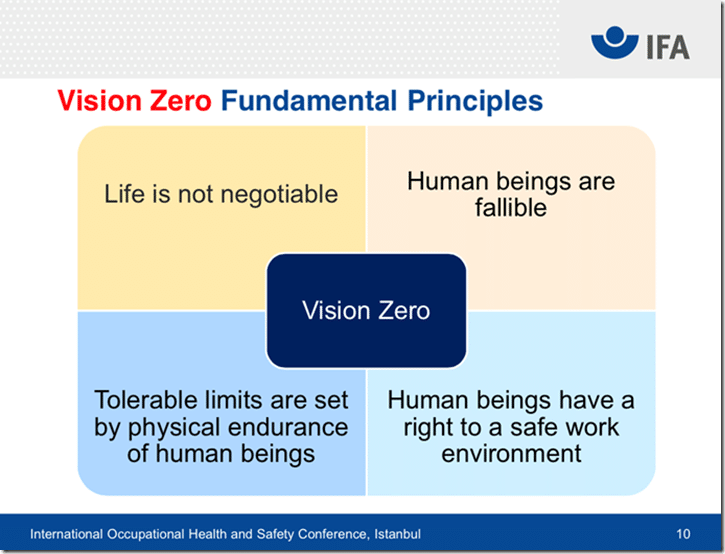Stop the Train I Want to Get Off
 I accepted a job this week to research amongst other things; suicide, near miss and other events in rail (good luck Dumb Ways to Die). I am working with a provider who has all the National data on the subject.
I accepted a job this week to research amongst other things; suicide, near miss and other events in rail (good luck Dumb Ways to Die). I am working with a provider who has all the National data on the subject.
As with any research project one must start with methodology (philosophical assumptions) not with method. Method is simply the outworking of data collection, the real crunch in any research is the why of method. Unless one tackles the underlying assumptions of research and method, one is not likely to understand where some of the trade-offs, subjectivities and by-products will emerge. This is the problem with the Dumb Ways to Die Campaign (https://www.youtube.com/watch?v=IJNR2EpS0jw ), bragging about effectiveness by Youtube hits is a bizarre form of validation. It is simply poor methodology. By this assumption all kinds of unethical activities on Youtube are now validated. If you haven’t seen the campaign every little character self harms and the promoters claim it has nothing to do with suicide. Go figure?
Of course the campaign has now developed:
A shop https://shop.dumbwaystodie.com/
An online puzzle http://www.a10.com/puzzle-games/silly-ways-to-die
An app https://itunes.apple.com/us/app/dumb-ways-to-die/id639930688?mt=8
A quiz http://dumbwaystodie.tumblr.com/
Countless parodies https://www.youtube.com/watch?v=aJM7TujaoZg (teaching children how to self harm)
A DWTD ‘Family’ of Facebook https://www.facebook.com/dumbwaystodie
And now, a Dumb Ways to Die 2 http://mccann.com/project/dumb-ways-to-die-2-trailer/
No-one seems to be questioning the methodology or validation of this whole DWTD nonsense. All this spin about effectiveness (http://mumbrella.com.au/dumb-ways-die-stopped-dumb-behaviour-around-trains-270751) judged on the value of YouTube hits, that can be bought and easily fabricated through ‘click farms’? If effectiveness is judged on YouTube hits then Miley Cyrus nude on a wrecking ball (launched at the same time as DWTD) must be 10 times more successful. But I digress, back to the topic of methodology.
I has a discussion with some post grad students this week and it seems that if anyone puts the word ‘Sweden’ in front of something we stop thinking. If it comes out of Sweden in must be both better and sensible. This seems to be the case with the campaign in Sweden to eliminate suicide through the promotion of ‘Vision Zero’ thinking. (http://www.theatlantic.com/international/archive/2015/06/vision-zero-suicide-sweden/394994/) I’m not sure it gets much better than this. Why is it that people get so caught up in the words that they can’t see that the words themselves have their own methodology, trajectory and psychological effect. Just keep calling a child ‘idiot’ for long enough and see if it has an effect.
Words, language and discourse are not neutral, they all carry semiotic effect. The words we use not only shape the brain (http://www.amazon.com/Words-Can-Change-Your-Brain-ebook/dp/B0074VTHMA) but also create by-products and trade-offs that if left unchecked will come back and bite you on the bum.
The goal of ‘Vision Zero thinking’ is to ‘aim for a society free from serious accidents and for systems’. I wonder how this can be done with humans without taking away all choice, mortality and fallibility? And yet, no one seems to be thinking about the assumptions of the language and discourse? The underlying methodology is not interrogated because people are seduced by the method. Sounds good, it must be good.
Of course, when one commits to an absolute the first casualty is truth and the amplification of spin. Then when the statistics endorse the reality of humanity, fallibility and mortality the language changes to ‘toward’ zero etc. There still remains a fundamental lack of critical thinking about the flawed semiotic in the first place. In reality, suicides and associated mental health in Sweden is increasing and higher than the European average (http://ec.europa.eu/health/ph_determinants/life_style/mental/docs/Sweden.pdf; http://www.oecd.org/els/health-systems/MMHC-Country-Press-Note-Sweden.pdf; http://www.rt.com/news/174292-sweden-calls-suicide-agency/)
The first by-product Vision Zero thinking is denial, not just of humanity, fallibility and mortality, but denial in talking about suicide. Zero language drives the suppression of talk about suicide and makes it more taboo (http://www.rt.com/news/174292-sweden-calls-suicide-agency/ ). There are a host of by-products of this non-thinking but no space to explore them all in this space. Let’s just keep to denial for the moment.
One good part of this report (http://www.theatlantic.com/international/archive/2015/06/vision-zero-suicide-sweden/394994/) is the discussion about risk aversion and the ‘addiction to safety’. The by-product of zero is the denial of fallibility, denial of freedom of choice and the demise of learning. A plum quote in the article states: ‘Eberhard believes the zero-suicide program is not only unrealistic but also undesirable. Of course all of us who work within psychiatry want to reduce suicide rates, but Vision Zero is a fantasy dreamt up by politicians with a lack of insight into science and into how psychiatry works … How do you engineer away the anxiety, loneliness, social alienation, trauma, or psychiatric disorders that drive people to suicide?’
Now, the same silly language and thinking has crept into Victoria Roads: http://www.premier.vic.gov.au/zero-road-deaths-target-of-new-campaign. Great way to go after years of insulting every member of the family with the ‘bloody idiot’ campaign.
Sidney Dekker nails it on the head when he declares the Zero discourse a ‘salivation narrative’ (http://www.safetydifferently.com/zero-vision-and-the-western-salvation-narrative/). As an ideology or self confessed way of ‘thinking’ (rather non-thinking), any discourse that plays with the metaphysics of mortality, consciousness and fallibility must be religious.
Similarly, the Zero Accident Vision (ZAV) is not just words but a philosophy (http://oshwiki.eu/wiki/Zero_accident_vision). And so, emerging from the Scandinavian countries is this continuous nonsense language portrayed as good when it’s fundamental discourse is founded in denial. If you want to know how really dumb the discourse of zero accident vision is, have a look at their principles (http://www.dvr.de/presse/informationen/vision_zero_en_3.htm):
There you have it. We can have both a language of zero coexisting with the confession that humans are fallible, how does that make sense? Do words have any meaning at all? It seems there is no end to this schizophrenia in safety. No end to the nonsense of binary thinking that thinks that zero is the only ethical goal, after all what other goal can one have? Poor little old safety, stuck in denial and now way out. So if life is not negotiable, why do you want to get off? Whilst reality passes by, its only safety wants to stop the train and get off.




Do you have any thoughts? Please share them below